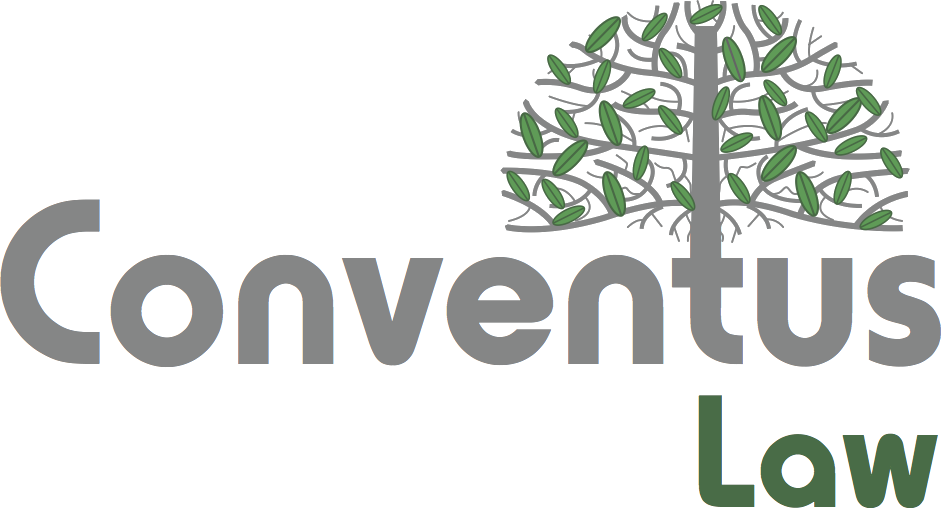Singapore – Your Client Didn’t Pay – Now What? A Business Owner’s Guide To Debt Recovery Without Burning Bridges.
Getting stiffed by a client is a universal fear for any business owner. You’ve delivered the goods or services, but the payment never arrives. While your gut reaction might be to get angry, a cool, calm, and strategic approach can often get you paid without ruining a valuable business relationship. In Singapore, you have several clear-cut options for debt recovery, from friendly reminders to official legal channels.
This article will walk you through the practical steps and legal principles to help you recover what you’re owed. Remember, this is a general guide and not a substitute for legal advice.
Step 1: Start with a Gentle Nudge
Before you jump to legal action, always assume the client’s non-payment is an honest mistake. Your first step should be a polite but firm reminder. It’s often enough to get the payment processed.
- The Friendly Follow-Up: A simple email or phone call or message asking if they received the invoice is often all it takes.
- The Formal Reminder: If the first nudge fails, send a more formal email stating the overdue amount, the original due date, and a new payment deadline. Attach the original invoice again to make it easy for them.
This initial phase is crucial. It shows good faith and maintains a positive tone, which is essential for preserving the relationship.
Step 2: The Letter of Demand
If the informal reminders don’t work, it’s time to escalate to a more official document. A Letter of Demand (LOD) is a formal notice sent by a lawyer. This outlines the debt, the payment due date, and the intention to take legal action if the debt is not settled.
What to Include:
- Details of the debt (e.g., invoice number, amount).
- The basis of the debt (e.g., a specific contract for services or goods sold).
- A clear demand for payment within a set timeframe, typically 7 to 14 days.
- A statement that you will pursue legal remedies if the payment is not made.
An LOD can often be enough to signal to the client that you are serious about getting paid, prompting them to settle the matter without further action.
Step 3: Exploring Mediation
Understanding Mediation in Singapore
So, you’ve sent a letter of demand, and the client still hasn’t paid. Before diving into the formal court process, which can be expensive and time-consuming, consider mediation. This approach can help you recover what you’re owed while preserving a potentially valuable business relationship.
Mediation is a flexible, non-confrontational way to resolve disputes with the help of a neutral third party, called a mediator. By facilitating communication, the mediator assists both parties in coming to a mutually agreeable resolution. In Singapore, this is a popular option because it is often faster, cheaper, and less stressful than litigation.
According to Section 4 of Singapore’s Mediation Act 2017, a “mediation agreement” is an agreement by two or more people to refer a whole or part of a dispute to mediation. This can be a standalone agreement or a clause included in the initial business contract.
The Singapore Mediation Centre (SMC) is an excellent resource for this. At any stage of a dispute, either party can request mediation, but all parties must consent to the process. A judge may also refer a case to mediation at any point during proceedings.
Key Benefits and Principles of Mediation
- Faster and Cheaper: Mediation avoids the formalities and high costs of a full-blown court trial.
- Relationship Preservation: A mediator helps you and the client focus on finding a solution, not on who is right or wrong. This approach can help salvage the business relationship.
- Creative Solutions: Mediation isn’t limited to a strict legal outcome. It is based on mutual agreement, allowing for creative, business-driven solutions like a modified payment plan or an installment schedule that works for both parties.
Making the Settlement Official
If mediation is successful and you reach a settlement, a formal agreement will be drafted. Under the Mediation Act, any party can apply to a court to have the agreement recorded as a court order, with the consent of all other parties. This gives the mediated settlement the same legal weight as a court judgment, making it enforceable.
Mediation is ideal for situations where there’s a genuine misunderstanding, a communication breakdown, or a client facing temporary financial hardship who is willing to negotiate in good faith. It offers a solution that balances your need for payment with the desire to avoid burning bridges.
Step 4: Approaching the Justice System
The Small Claims Tribunals (SCT)
If your debt is for a specific amount and the total owed is $20,000 or less (or up to $30,000 if both parties agree), the Small Claims Tribunals (SCT) is your most practical option. The SCT falls under the Small Claims Tribunals Act. Small Claims Tribunal is less expensive than a full-fledged judicial action in the State Courts and can be filed online through the Community Justice Tribunal System.
State Courts
If you are owed more than $20,000, or your claim does not fall under the jurisdiction of the Small Claims Tribunals, you will need to file a civil claim with the courts. This follows the normal civil litigation process.
The Process:
- File a Claim: You can file a claim online or at the SCT counter. You’ll need to provide details of your claim, the client’s information, and any supporting documents (e.g., invoices, contracts, emails).
- Mediation by a Tribunal Officer: Once the claim is filed, the SCT will schedule a consultation where a Tribunal Magistrate or mediator will try to help you and the client settle the dispute.
- Hearing: If mediation fails, the claim proceeds to a hearing where a Tribunal Magistrate will hear both sides and make a final order.
Step 5: Enforcement of the Debt
An Order of the Tribunal is a legal order for the client to pay. If they still don’t pay after the order, you can take steps to enforce it, such as seizing their assets or garnishing their bank account.
There are different options for enforcing your court judgment and each will have its own process. Most will end up enforcing by an order for seizure and sale of property.
Final Thoughts: Prevention is Better Than Cure
While these steps can help you recover a debt, the best strategy is to prevent them in the first place. You can mitigate the risk of bad debt by:
- Clear Contracts: Always have a detailed contract outlining payment terms, deadlines, and what happens in the event of non-payment. This is your first line of defense based on basic contract enforcement principles.
- Upfront Payments: For new or high-risk clients, consider requiring a deposit or partial payment upfront.
- Prompt Invoicing: Send invoices immediately after a job is done. The sooner you bill, the sooner you get paid.
- Make a note to save all invoices, proof that the client has received the invoices and proof of delivery of goods or services. Further, save all communications with this client from the point of non-payment as well, including formal and informal routes.
Facing a client who won’t pay is tough, but by following a structured, professional process, you can protect your business’s finances while keeping your reputation intact.5
Please note that this article does not constitute express or implied legal advice, whether in whole or in part. For more information, email us at info@silvesterlegal.com






